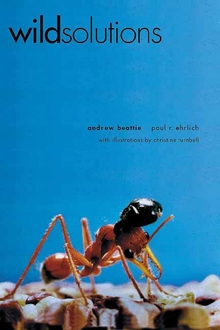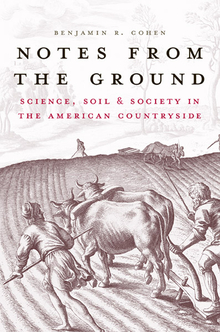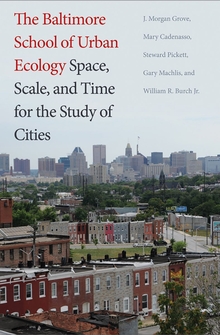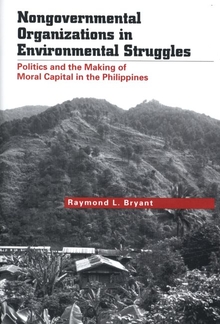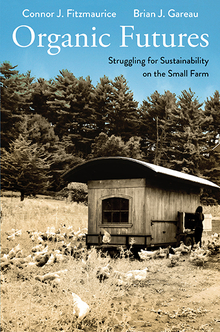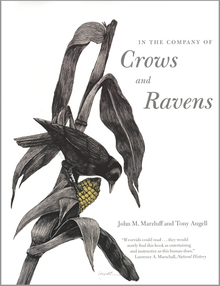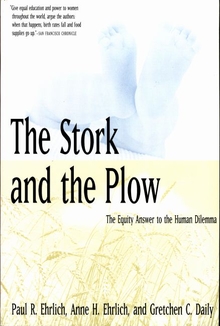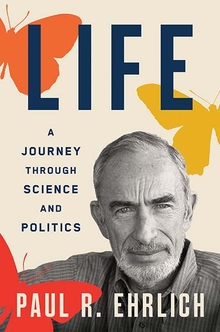Wild Solutions
WARNING
You are viewing an older version of the Yalebooks website. Please visit out new website with more updated information and a better user experience: https://www.yalebooks.com
How Biodiversity is Money in the Bank
Andrew Beattie and Paul R. Ehrlich; With illustrations by Christine Turnbull
Out of Print
We live on an unexplored planet, ignorant of more than eighty percent of the species that share our world. In this fascinating and abundantly illustrated book, two eminent ecologists discuss the biological diversity of the Earth, showing how the natural systems that surround us play an essential role in protecting our basic life-support systems.
Andrew Beattie and Paul Ehrlich tell us about the millions of species providing ecosystem services that maintain the quality of our air and water and the fertility of the soil, dispose of domestic, industrial, and agricultural waste, and protect crops from pests. The authors also describe how biological diversity opens the way for new medicines, pharmaceuticals, construction materials and designs, and manufactured goods. They point to innovative industries that harness species for the biological repair of damaged landscapes, biological mining, biological pest control, and biomonitoring of the environment. The organisms upon which these activities are founded—although often microscopic, obscure, or bizarre—provide natural capital that is worth infinitely more than anyone has previously guessed. The authors urge us to protect the biological wealth of our Earth and keep it from being destroyed by human activity.
Andrew Beattie is director of the Commonwealth Key Centre for Biodiversity and Bioresources and Christine Turnbull is research associate, both at Macquarie University, Sidney, Australia. Paul R. Ehrlich is Bing Professor of Population Studies in the department of biological sciences at Stanford University.
“Can we put a value on nature? In their example-packed survey of how life is self-sustaining, Beattie and Ehrlich demonstrate that for nutrient cycling, food production, waste management and medicine, and in the potential they hold for solving many of the world’s problems, the vast array of animal species on Earth are so essential as to make their worth effectively incalculable.” - The London Review Bookshop
Publication Date: March 11, 2001
40 b/w illus.

